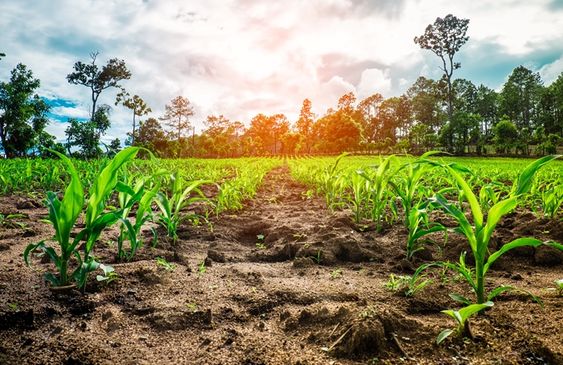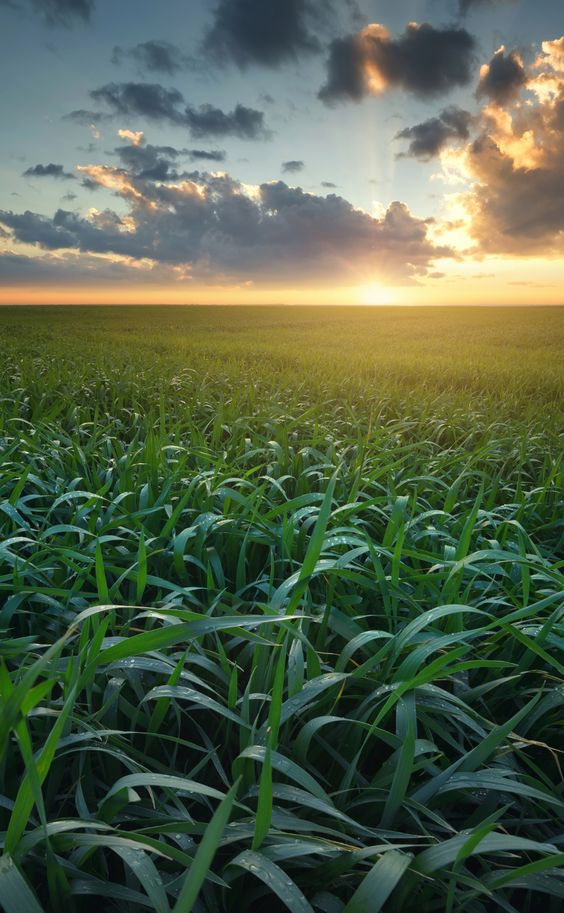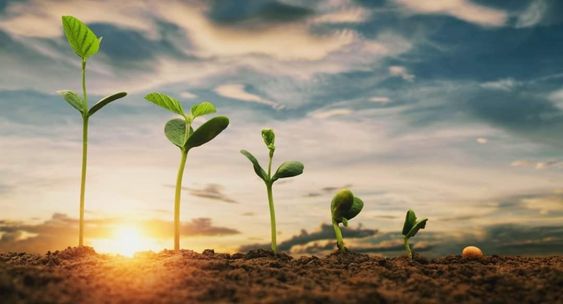Optimizing Agriculture Resources: A Data-Driven Approach to Sustainable Farming
Agriculture Resources sector faces a multitude of challenges. A growing global population demands a constant increase in food production, while resources like water and land remain finite. Climate change further disrupts traditional farming practices, adding another layer of complexity. Smart agriculture, a rapidly evolving field that leverages technology and data to optimize resource utilization, offers a potential solution.
This article explores the intersection of smart agriculture and agricultural resources. We will delve into how various technologies can be used to manage water, soil health, and fertilizers more effectively. We will also discuss the challenges and opportunities associated with implementing smart agriculture practices.
Contents
Embracing Precision: How Smart Agriculture Manages Resources
Smart Agriculture Resources is essentially the application of data-driven techniques to farm management. This involves deploying a network of sensors across the farm to gather real-time data on various parameters, including:
- Soil moisture: Sensors monitor soil moisture levels, enabling targeted irrigation and preventing water waste.
- Nutrient levels: Sensors analyze soil nutrient content, allowing for precise fertilizer application, minimizing environmental pollution from excess fertilizers.
- Weather conditions: Weather stations collect data on temperature, humidity, and precipitation, helping farmers predict crop health and optimize resource allocation based on weather forecasts.
This data is then fed into sophisticated software platforms that analyze trends and provide actionable insights. Farmers can use these insights to:
- Optimize irrigation: By understanding the specific water needs of different crops and soil types, farmers can implement drip irrigation or other precision irrigation methods, significantly reducing water usage.
- Improve fertilizer application: Precise nutrient mapping allows for targeted fertilizer application, ensuring crops receive the exact amount they need to thrive. This not only reduces fertilizer costs but also minimizes environmental impact by preventing fertilizer runoff into waterways.
- Enhance pest and disease management: Sensor data can be used to detect early signs of pest infestations or diseases, allowing for timely intervention with minimal use of pesticides.
- Predict crop yields: By analyzing historical data and real-time environmental conditions, smart agriculture tools can forecast crop yields with greater accuracy. This helps farmers plan resource allocation and market their produce more effectively.
Utilizing Technology for Agriculture Resources Efficiency
The core technologies driving the smart Agriculture Resources revolution include:
- Internet of Things (IoT): A network of interconnected devices (sensors, drones, etc.) collect and transmit data, providing real-time insights into farm operations.
- Big Data Analytics: Powerful software platforms analyze vast amounts of agricultural data to identify trends, predict outcomes, and optimize resource management.
- Artificial intelligence (AI): AI algorithms can learn from historical data and real-time sensor readings to make autonomous decisions, such as adjusting irrigation schedules or fertilizer application based on changing conditions.
These technologies empower farmers to become data-driven decision-makers, enabling them to move away from traditional, generalized practices and adopt a more precise approach to resource management.
Challenges and Considerations for Smart Agriculture Resources Adoption
While the potential benefits of smart Agriculture Resources are undeniable, there are challenges that need to be addressed to ensure widespread adoption, particularly among small and medium-scale farmers.
- Cost: Implementing smart agriculture solutions requires upfront investments in sensors, software platforms, and potentially new equipment. This can be a barrier for resource-constrained farmers.
- Connectivity: Smart agriculture technologies rely on reliable internet connectivity, which can be limited in rural areas.
- Data Literacy: The ability to interpret and utilize data effectively is crucial for maximizing the benefits of smart agriculture. Training programs are needed to help farmers develop these skills.
The Road Ahead: A Sustainable Future for Agriculture
Despite the challenges, smart Agriculture Resources offers a compelling path towards a more sustainable and productive future for agriculture. Here are some key trends that will shape the future of the industry:
- Integration of Advanced Technologies: Advancements in robotics, automation, and AI will further streamline farm operations and resource management.
- Focus on Sustainability: Smart agriculture tools will play a critical role in minimizing environmental impact and promoting sustainable farming practices.
- Collaboration and Knowledge Sharing: Knowledge-sharing platforms and farmer communities will be crucial for facilitating the adoption of smart agriculture practices among smallholder farmers.
In conclusion, smart Agriculture Resources presents a powerful opportunity to address the challenges of the 21st century. By leveraging technology and data, farmers can optimize resource utilization, improve crop yields, and build a more sustainable future for agriculture. As the technology continues to evolve and becomes more accessible, smart agriculture has the potential to transform the agricultural sector and ensure food security for generations to come.




